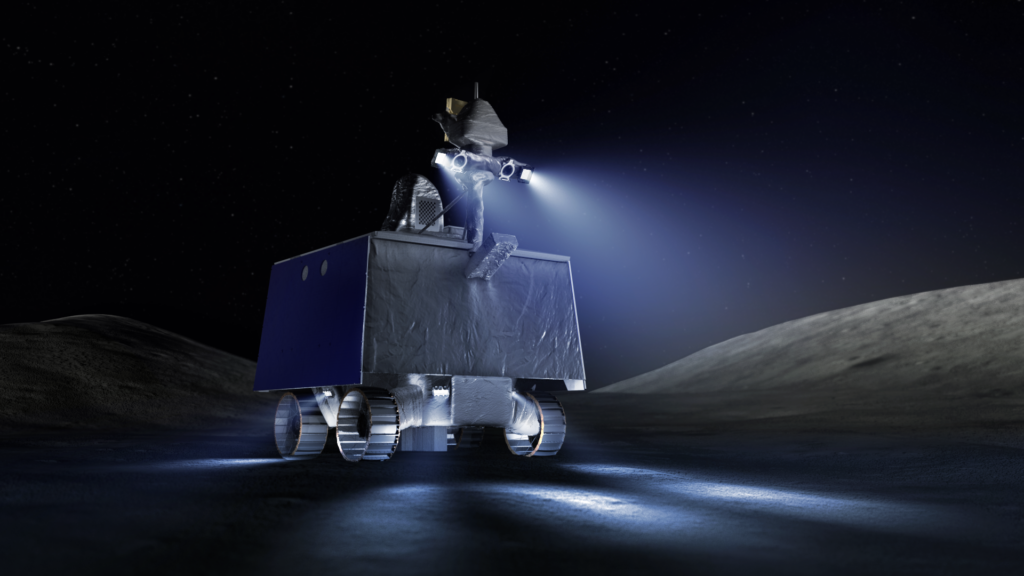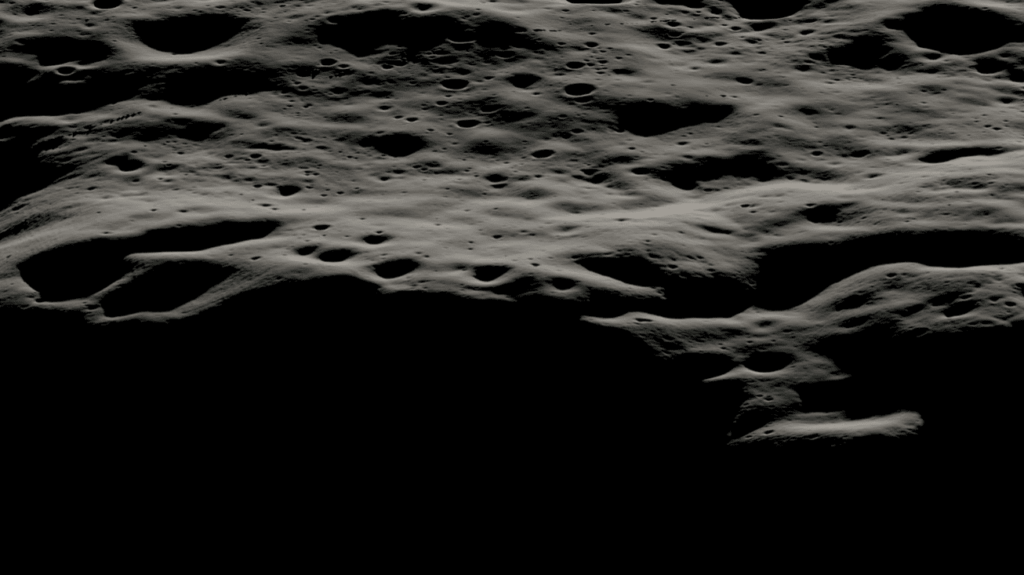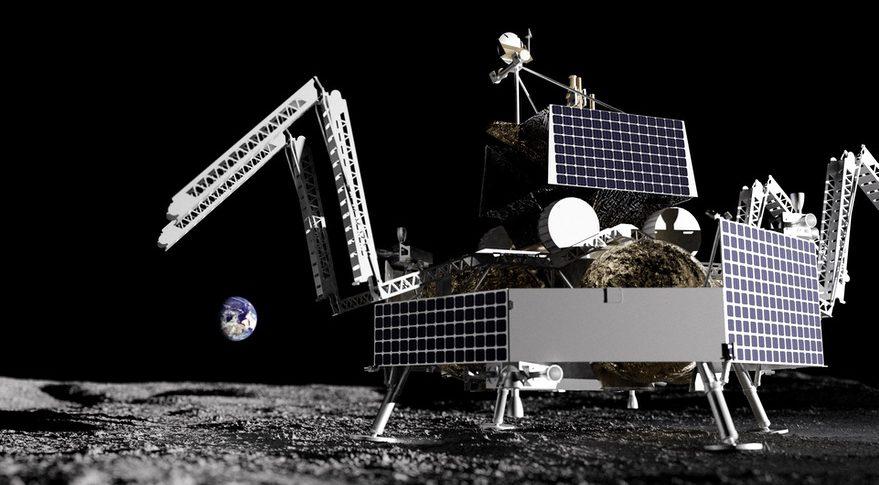NASA has asked Astrobotic to postpone the launch of the VIPER lunar rover (Volatiles Investigating Polar Exploration Rover) to 2024. The delay will be used for additional tests of the Griffin landing platform, which should reduce the risks to the mission. For this, Astrobotic will receive an additional USD 67.8 million from NASA.
Goals and configuration of the VIPER lunar rover
The VIPER mission was approved by NASA in 2019. Within its framework, a mobile device will be landed at the south pole of the Moon. Its main task is to study the lunar soil to determine the amount of water ice contained in it.

The size of the VIPER will be comparable to a golf car. Its length and width will be 1.5 m, height — 2.5 m, weight — 450 kg. The device will move with the help of four wheels. Its maximum speed will be 0.72 km/h. For energy generation, VIPER will be equipped with solar panels capable of generating 450 watts. The energy stored during the lunar day will be used to prevent the device from freezing during the long lunar night.
VIPER should land on the western edge of the 73-kilometer-long Nobile crater. It is located near the south pole of the moon and its bottom is never illuminated by the Sun. To search for water ice, the lunar rover will use a drill that allows it to extract samples from a depth of up to a meter, and three scientific instruments. The NSS neutron detector will help to identify places of probable ice occurrence, the MSolo and NIRVSS spectrometers will help to determine the chemical composition of the regolith. The VIPER will also be the first lunar rover to have headlights installed to work in low light conditions.

The duration of the mobile laboratory should be at least 100 days. Mission designers hope that during this time VIPER will travel at least 20 km on the lunar surface.
Griffin Landing Platform
Astrobotic is responsible for delivering VIPER to the Moon. In 2020, it received a USD 199.5 million contract from NASA. It is funded under the CLPS (Commercial Lunar Payload Services) program, the main purpose of which is to attract commercial firms to the exploration of the Moon.

VIPER will be landed on the lunar surface using the Griffin landing platform developed by Astrobotic. In turn, it will be launched into space by a Falcon Heavy rocket. Astrobotic has already signed a launch contract with SpaceX.
It is worth noting that Astrobotic has not yet landed on the Moon. Its first lunar mission is currently scheduled for the end of 2022, but it is possible that its launch date will be shifted again. Perhaps this circumstance played a role in NASA’s decision to postpone the implementation of the VIPER mission to give Astrobotic additional time to test and refine the descent platform.
According to https://www.nasa.gov
Follow us on Twitter to get the most interesting space news in time
https://twitter.com/ust_magazine
